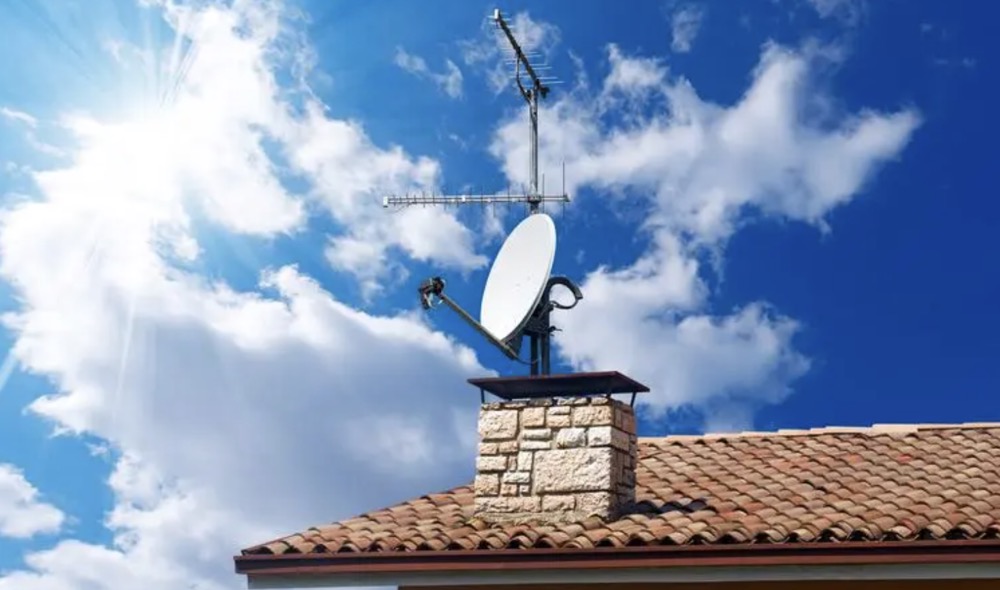When first setting up a radio or moving a radio to a new, permanent location, its antenna needs to be tuned. Learning how to tune an antenna entails lengthening or shortening the antenna so that, for the radio's specific frequency, it is working as efficiently as possible. In order to tune an antenna, a radio needs to be hooked up to an SWR (standing wave ratio) meter using coaxial cables. This guide will teach you how to test an antenna's efficiency using an SWR meter, and how to tune your antenna accordingly.
Steps
Go to an open area free from buildings, trees, radio towers, or other structures.
Put your radio and antenna in the positions in which you will use them.
- For a CB radio, put the radio in the car and the antenna on the body of the vehicle. For a portable radio, move away from any vehicle and stand alone with the radio.
Remove any connections between the antenna and the radio.
Attach the radio to the transmitter socket on the SWR meter using a coaxial cable.
Attach the antenna to the antenna socket on the SWR meter using a coaxial cable.
Set the radio to minimum power and to FM or CW mode.
Tune to the lowest band available.
On a CB radio, tune to Channel 1.
Transmit from the radio or, on a CB radio, press the talk button.
Observe and record the SWR reading.
It should be in the form of a ratio, e.g. 2.2:1.
- Repeat Steps 6-8 for the highest band available, or, on a CB radio, Channel 40.
Determine from the difference between the SWR readings whether your antenna is too short or too long.
- If the SWR reading on the lowest band, or Channel 1, is greater, your antenna is too short. If the SWR reading on the highest band, or Channel 40, is greater, your antenna is too long.
Adjust your antenna accordingly, and very slightly.
- For most antennas, this means manually lengthening or shortening the antenna. For a wire antenna, clip off a bit of the end to shorten it (if you have a wire antenna that is already too short, you will need to get a new antenna).
Repeat Steps 7-10, tweaking your antenna gradually until the SWR readings on the lowest and highest bands, or Channel 1 and Channel 40, are identical.
Tips
- Always tune your antenna when it is in its natural position as its SWR readings will change as it moves away and toward different structures. If you are using a home-bound antenna, ignore Step 1 and tune the antenna in place.
- SWR meters gauge the efficiency of your antenna: in other words, what percentage of the energy devoted to the antenna is actually being used to transmit. Although a well-tuned antenna is simply one in which the SWR readings at the lowest and highest ends of the band are identical, you should try for SWR readings of 1.5 or less for optimal efficiency. If you have especially high SWR readings, try adding a transformer mechanism between the radio and the antenna or add a mode choke to the outside of the coaxial cable to prevent energy seepage.
Warnings
- Do not hold the antenna while tuning.
